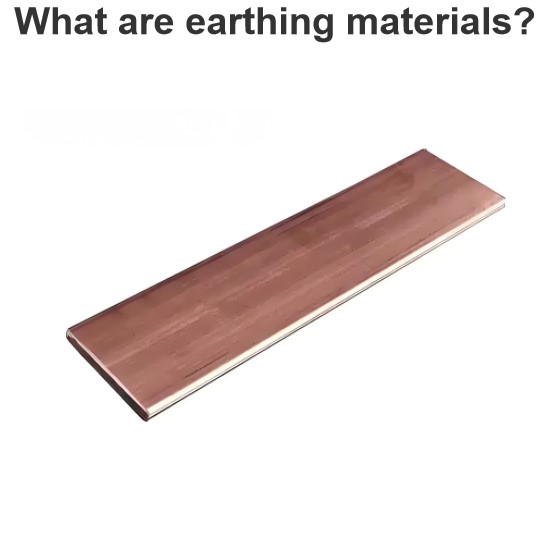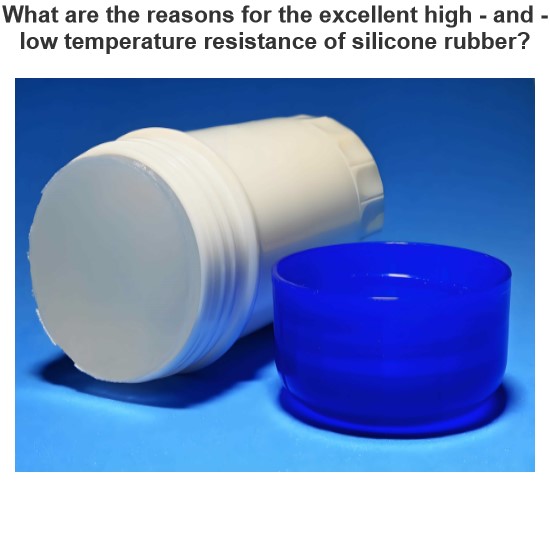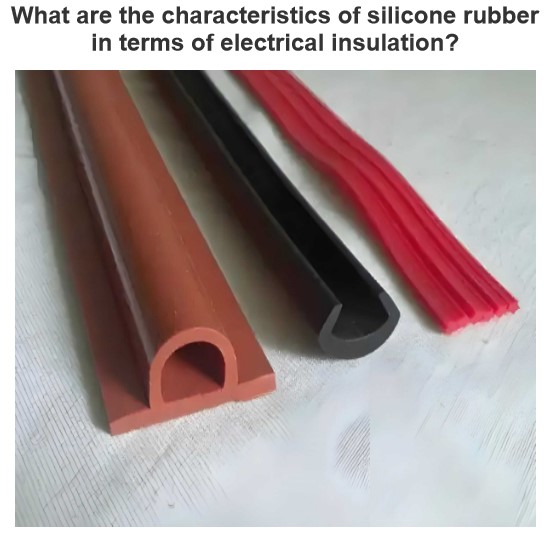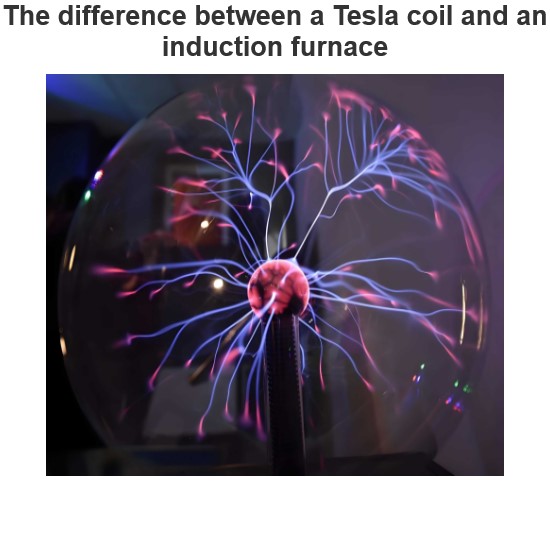Applications of Carbon Materials in Electrical Engineering
Carbon, in various forms and in combination of other materials, is widely used in electrical engineering. Electrical carbon materials are manufactured from graphite and other forms of carbon.
Carbon is having following applications in Electrical Engineering–
For making filament of incandescent lamp
For making electrical contacts
For making resistors
For making brushes for electrical machines such as DC machines, alternators.
For making battery cell elements
For making carbon electrodes for electric furnaces
Arc lighting and welding electrodes
For making component for vacuum valves and tubes
For makings parts for telecommunication equipment.
Carbon Use for Making Filament of Incandescent Lamp
Carbon is used with inert gas medium for making filament for incandescent lamp. Resistivity of carbon is about 1000-7000 µΩ -cm and melting point is about 3500oC. Which make it suitable for making filament for Incandescent lamp. Commercial efficiency of carbon filament lamp is 4.5 lumens per watts or 3.5 watts per candle power. Carbon is having blackening effect in incandescent lamp. To prevent this blackening of bulb, the working temperature is limited up to 1800oC.
Carbon Use for Making Electrical Contacts
Carbon is used as fiber formed from polymers by pyrolysis. Carbon fibers shows an unusual mechanical strength under a tensile load. These carbon fibers are used to increase the mechanical strength of electrical contacts which are subject to under compressive or tensile loads during operation. These carbon fibers also reduce the wear and tear of electrical contacts. Moreover, carbon being a conductor of electricity, contributes for carrying current passing through electrical contact in terms it reduces the contact resistance.
Carbon Use for Making Resistors
High resistivity, high melting point and low temperature coefficient of resistance make the carbon suitable for manufacturing resistors. Resistors made of carbon are widely used in electronic circuits.
Carbon Use for Making Brushes for Electrical DC Machines and Alternators
Graphite Carbon is very much suitable for making brushes for large rating DC machines and alternators. Brushes made graphite carbon are having following advantages –
Graphite Carbon brushes are having high contact resistance. This high resistance of graphite carbon brushes helps to improve commutation.
High thermal stability – which make them suitable to withstands at high temperature developed due friction during operation of rotating machine.
Self-lubrication between stationary brushes and rotating commutator or slip rings. Which reduces the wear and tear of commutator or slip rings.
Carbon Use for Making Dry Cell Elements
Carbon is an important element of construction of dry cells. Carbon is used for making electrodes for zinc-carbon batteries (Dry cells). Carbon electrode works as positive pole of battery. In dry cells the carbon is an inert material as it does not take part in electro-chemical reaction occurring in dry cells.
Carbon Electrodes Use for Electric Furnaces
Graphite carbon is widely used for manufacturing the electrodes for Electric Arc furnaces. In Electric Arc furnaces used for steel production the operating temperature level is about 2760oC. Graphite carbon is only commercial available material which has the high level of electrical conductivity and ability to with stand with such high level of temperature. Which make it suitable for making electrodes for electric arc furnaces.
Graphite Carbon Use for Arc Lighting and Welding Electrodes
Graphite carbon is also widely used for manufacturing the electrodes for Arc lighting and welding. As discussed above, graphite carbon has the high level of electrical conductivity and ability to with stand at high level of temperature during Arc lighting and welding. Which make it suitable for making electrodes for Arc lighting and welding.
Carbon use as Component of Vacuum Valves and Tubes
In vacuum valves and tubes, carbon is used for coating of cathode and grid to protect against mechanical deformation produced at very high temperature produced during operation of vacuum vales and tubes. In high power application, the anode used in vacuum valves and tube, must be capable to withstand at high operating temperature and must be capable to dissipate the heat produced. For this purpose carbon is very much suitable for making anodes for vacuum valves and tubes.
Carbon use for Makings Parts for Telecommunication Equipments
Carbon is used for making transducers such as microphones which converts the sound to electrical signal. Before development of vacuum tube based amplifiers, the carbon-microphones were the only practical means for obtaining high level audio signals.
Statement: Respect the original, good articles worth sharing, if there is infringement please contact delete.
Electrical4U is dedicated to the teaching and sharing of all things related to electrical and electronics engineering.













